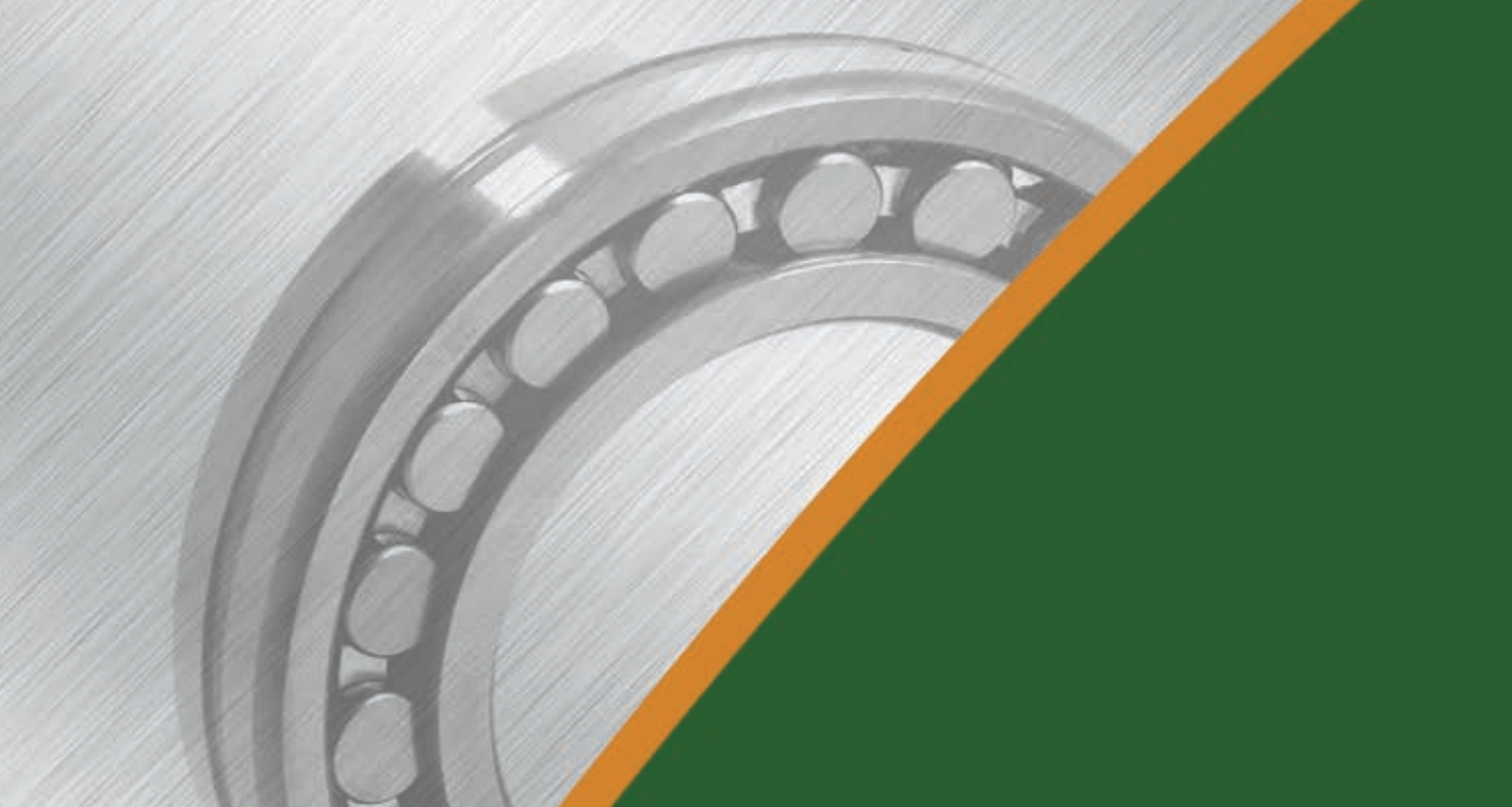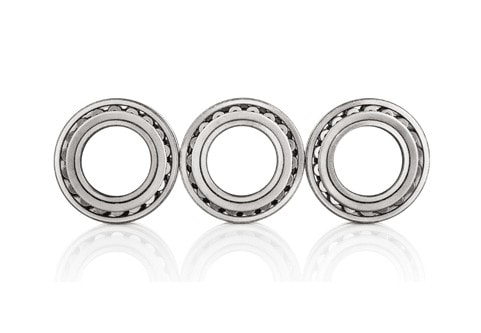Volution Bearing for Dummies
Volution Bearing for Dummies
Blog Article
How Volution Bearing can Save You Time, Stress, and Money.
Table of ContentsAn Unbiased View of Volution BearingSome Ideas on Volution Bearing You Need To KnowSome Known Details About Volution Bearing Volution Bearing Fundamentals Explained
An axial (or thrust) bearing load is when pressure is parallel to the axis of the shaft. A radial bearing load is when pressure is perpendicular to the shaft. A combination bearing load is when parallel and vertical forces produce an angular force family member to the shaft. Ball bearings are designed with spherical balls and can disperse tons over a medium-sized surface area.Below is a fast recommendation for the sort of birthing load and the most effective ball bearing for the work: Radial (perpendicular to the shaft) and light tons: Choose radial ball bearings (also referred to as deep groove round bearings). Radial bearings are several of one of the most common sorts of bearings on the market.
Roller bearings are made with cylindrical rollers that can distribute lots over a bigger surface location than sphere bearings. Below is a fast referral for the kind of bearing tons and the ideal roller bearing for the work: Radial (vertical to the shaft) lots: Pick conventional round roller bearings Axial (thrust) (parallel to the shaft) loads: Select cylindrical drive bearings Integrated, both radial and axial, tons: Select a taper roller bearing The rotational speed of your application is the following aspect to look at when selecting a bearing.
They execute much better at greater speeds and provide a higher speed variety than roller bearings. One factor is that the get in touch with in between the rolling component and the raceways in a sphere bearing is a factor as opposed to a line of get in touch with, like in roller bearings. Due to the fact that rolling aspects press right into the raceway as they roll over the surface area, there is much less surface deformation taking place in the point tons from sphere bearings.
Volution Bearing - The Facts

If this occurs, a simple and common option is to change the round bearing material from steel to ceramic. This keeps the bearing dimension the very same however provides approximately a 25% greater rate ranking. Since ceramic product is lighter than steel, ceramic spheres generate much less centrifugal force for any kind of offered rate.
One factor is that the balls are smaller sized and smaller sized spheres weigh less and create much less centrifugal force when revolving. Angular get in touch with bearings additionally have an integrated preload on the bearings which functions with centrifugal pressures to effectively roll the rounds in the bearing. If you are designing a high-speed application, then you'll desire a high-precision bearing, typically within the ABEC 7 precision course.
The Best Guide To Volution Bearing
High precision bearings are dependable for applications that go quick due to the fact that they make sure good ball and raceway communication.
Some applications, like reducing tool spindles, will only allow a little inconsistency to happen on its rotating parts. If you are crafting an application like this, after that choose a high precision bearing due to the fact that it will certainly generate smaller sized system runouts because of the limited resistances the bearing was manufactured to. Birthing strength is the resistance to the force that triggers the shaft to deviate from its axis and plays an essential role in minimizing shaft runout.

When the angular call bearings are set up, the balanced out is removed which triggers the spheres to push into the raceway without any type of outdoors application pressure. This is called preloading and the procedure boosts bearing rigidity also prior to the bearing sees any kind of application forces. Knowing your bearing lubrication requirements is essential for choosing the ideal bearings and requires to be taken into consideration early in an application style.
The Basic Principles Of Volution Bearing
Lubrication develops a film of oil in between the rolling component and the bearing raceway that assists stop friction and overheating. One of the most typical sort of lubrication is grease, which is composed of an oil with a thickening representative. The thickening agent keeps the oil in position, so it will not leave the bearing.
After the rolling aspect passes by, the oil and thickening agent sign up with back together. For high-speed applications, understanding the rate at which the oil and thickener can divide and rejoin is essential. This is called the application or bearing n * dm value. Prior to you choose an oil, you need to locate your applications ndm worth.
Compare your ndm value to the oil's max rate worth, situated on the datasheet. If your n * dm worth is greater than the oil max speed value on the datasheet, then the grease won't have the ability to supply sufficient lubrication and early failing will occur. One more lubrication alternative for high-speed applications are oil mist systems which mix oil with compressed air and after that infuse it right into the bearing raceway at metered intervals.
Report this page